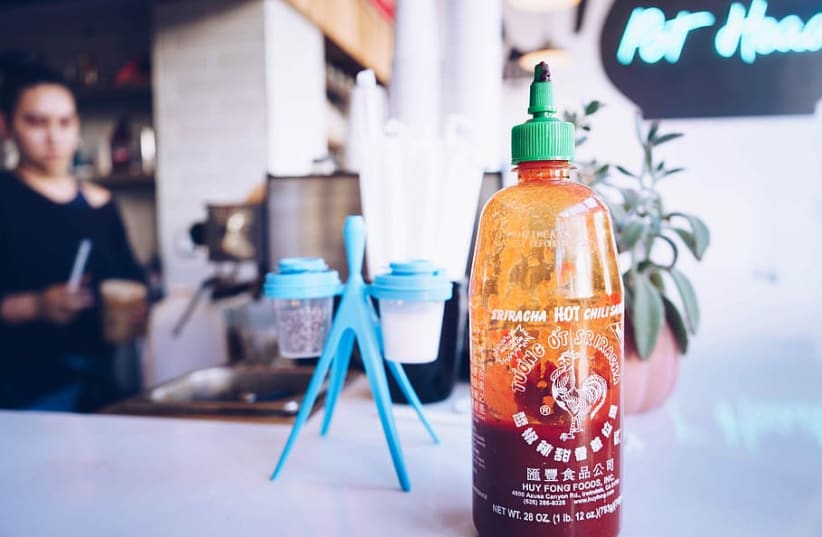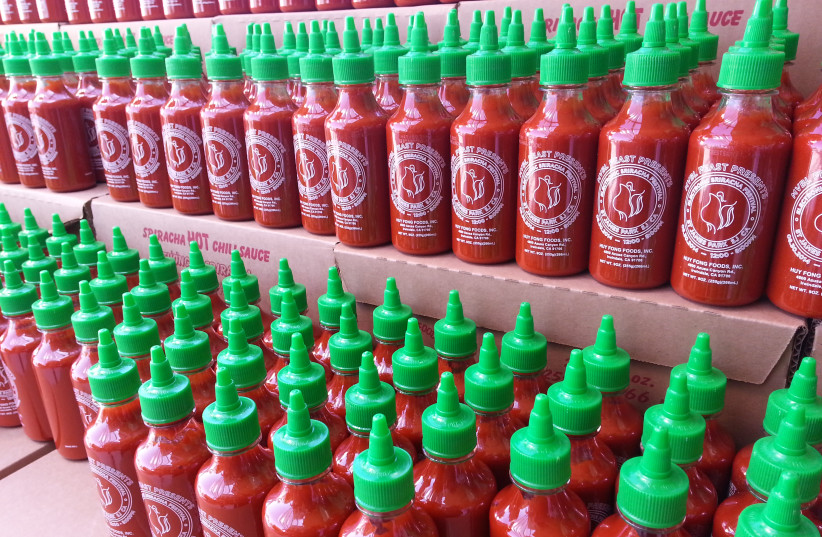Sriracha, one of the most popular types of hot sauce in the world, is in high demand but in short supply due to not enough of the chili pepper used to make it.
The shortage began in the early days of the COVID-19 pandemic in 2020 and has been ongoing for the past three years due to severe weather conditions that are affecting the quality of the chili pepper harvest.
Huy Fong Inc., one of the world’s largest producers, has been particularly hard hit by the shortage.
“Unfortunately, this is out of our control, and without this essential ingredient we are unable to produce any of our products,” Huy Fong said in an email to customers last year.
Sriracha is made from a paste of chili peppers, distilled vinegar, garlic, sugar, and salt. Huy Fong obtains its chili peppers from Mexico, which has been suffering from a severe drought that affects the amount and quality of crops.
Due to the shortage, the price of a bottle of sriracha, which usually sells for about $4, has skyrocketed. At one Asian grocery in Los Angeles, 28-ounce bottles of sriracha were selling for $29.99 and were being limited to two per customer, the Los Angeles Times reported. Some sriracha enthusiasts had begun taking bottles from local restaurants, the report said.
Putting Sriracha on the list of things I won’t get to enjoy for at least a couple years because of climate change. https://t.co/cNinQ8iJHJ
— Erik :: they/them ️️⚧️ (@thecardsharp2) June 29, 2023
Spicy prices
On Amazon, a package of two 17-ounce Huy Fong Sriracha bottles costs $114, and a four-pack of 28-oz. bottles costs $200. On eBay, prices range from $40 for a 17-oz. bottle to $70 for a 28-oz. bottle.Huy Fong has resumed limited production of the hot sauce, it said in a statement, without saying when full production would resume.
Ever since the Sriracha shortage, my food hasn’t been hitting the same
— (@JaiForJoy) June 29, 2023
“We continue to have a limited supply that continues to affect product availability,” Huy Fong said. “Unfortunately, we are still experiencing a shortage of raw material.”

